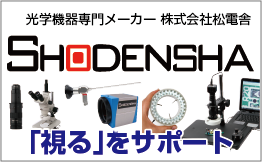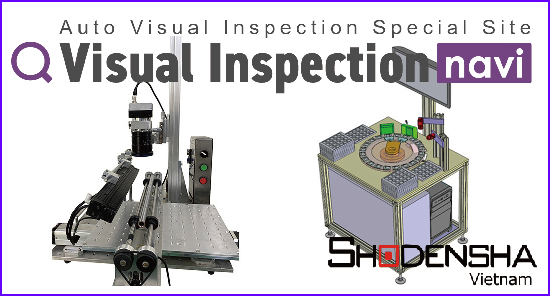There are three types of endoscopes, largely divided into three types.
Each has advantages and disadvantages.
You can connect to a PC or view the video on a monitor in any type.
(The required options are different.)
1.Borescope (rigid mirror)
It is a type that contains a rod lens at the tip.
Basically there seem to be many like the following form.

There are also types that can be directly connected to the monitor as shown below.

(advantage)
Since the tip is only the lens, it can be made small diameter.
It is possible up to φ0.7 mm.
The picture is the most clear when you see only the part of bore.
(disadvantage)
The part of the bore is expensive.
Since the tip is a lens, it is vulnerable to impact.
Since it is a lens, it can not bend the tip.
(you can choose direct view, strabismus, side view as type.)
it can not be made a physically long one. (Generally up to about 30 cm)
2.Fiberscope
The tip is an optical fiber.

(advantage)
The relay section flexes flexibly. (At the level where the fiber will not break)
Can be made thinner than borescope.
It is possible up to φ0.35 mm.
(disadvantage)
The resolution is decided by the number of fibers being bundled.
(As the diameter becomes smaller, the number of bundles decreases and the resolution drops.)
A thin line will be visible at the boundary of each fiber.
Although it is possible to have a length longer than the bore, it attenuates as the light passes through the fiber, so if you lengthen it, a strong light source is required.
3.Advanced Camera Type
A small camera is enclosed at the end of the endoscope.

(Advantages)
Because there is no special lens or fiber, the price is the cheapest.
(There are also expensive ones with various features, but basically it will be cheaper.)
Since the relay section is an electric wire, it can be bent over the fiber.
Since it is electronic equipment, it is a monolithic one with many monitors, so you can make various applied products.
(Disadvanatges)
The resolution is determined by the camera.
(The smaller the size, the worse the resolution will be.)
Can not be thinner than the size of the camera. (At the smallest about φ1.8 mm)
The advanced camera type has various types as it is not subject to the restrictions of rod lens and fiber.
 |
 |
|
|
Made by Kenko Ultra low price Single function type |
Made by ERF While having a small diameter of φ 2.8 mm, it can control the direction of the tip at hand |
|
 |
 |
|
|
Made by Mitcorp For in-pipe inspection of length 22 mm Waterproof type |
Made from SPI As a camera type Minimum diameter φ 1.8 mm |



